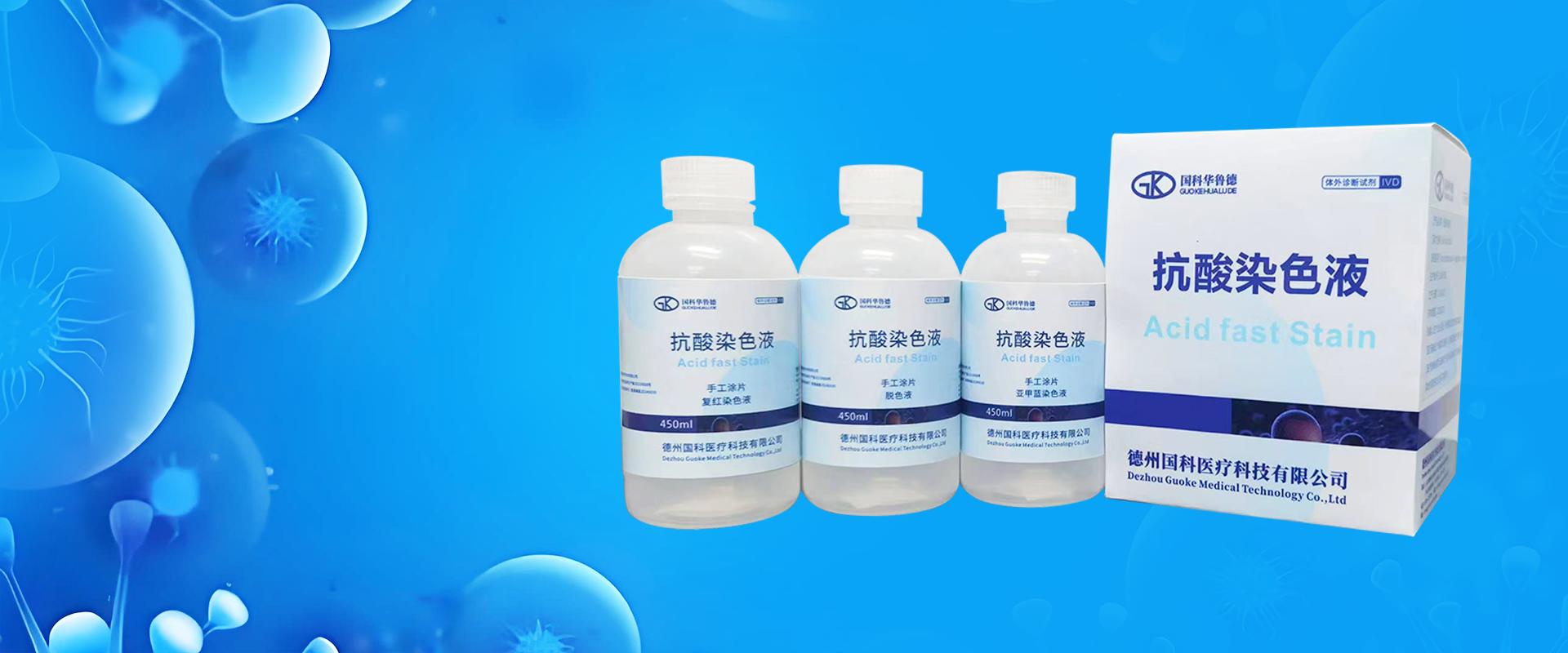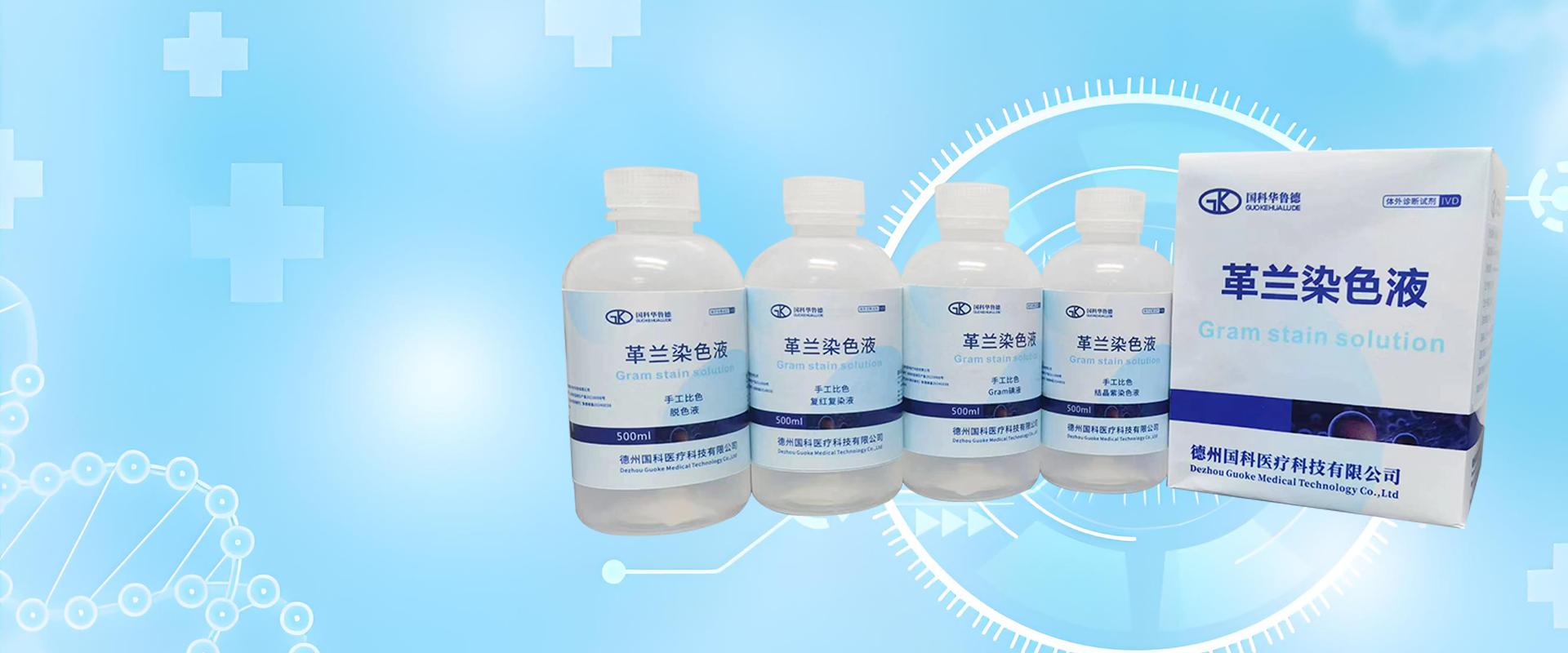产品中心
Detection principle
Fungal fluorescent staining solution is a composite solution containing fluorescein and background fluorescent staining reagents. If the test specimen contains fungi, recombinant chitinase labeled with special fluorescein can bind to non-specific fungal cell walls with high affinity β- Polysaccharide binding, such as chitin and cellulose, can be clearly observed under a fluorescence microscope to show the fluorescence produced by fungal morphology under specific excitation. The reagent contains KOH that can be used to dissolve keratin, which helps to observe fungal structure more clearly. As a new type of staining solution for rapid detection of fungi, it can be used for various suspected fungal infections in dermatology, ICU and other fields, such as tinea corporis, tinea pedis, onychomycosis and tinea versicolor, pulmonary fungal infections, etc.
Main components
KOH, fluorescein, dyeing agent, deionized water
Packaging specifications
100 people/box, 200 people/box, 300 people/box
Intended use
Suitable for fungal fluorescence staining of tissues or samples (slices), it can be used for various suspected fungal examinations in dermatology, ICU, and other fields.
Applicable samples
Samples of dandruff, nail shavings, hair, pleural fluid, cerebrospinal fluid, etc.
Inspection process
1、 Sampling
Scrape samples of dandruff, hair, nails, pleural fluid, cerebrospinal fluid, etc
2、 Staining
Directly add a drop of staining solution to the sample, with the staining solution covering or submerging the entire sample as the standard
3、 Observation
Cover with a glass slide, use a cotton swab or tissue to compress the sample into thin sections as much as possible, absorb excess dye, and observe the results under a fluorescence microscope
Product advantages
1、 Easy and fast
Easy to operate, it only requires inspectors to have basic knowledge of microscope operation to complete; Short detection time, only 1-2 minutes to complete the inspection
2、 High sensitivity
By combining fluorescein with polysaccharides such as chitin in the fungal cell wall, the reaction is sensitive, and compared with traditional direct microscopy, the positive rate is higher, thus reducing the missed detection rate of fungal detection
3、 High recognizability
Under a microscope, with clear fluorescence performance, clear images, high recognition, easy observation, and reduced subjective judgment errors caused by the detector
4、 Wide applicability
Traditional methods can only detect certain specific fungi, but cannot detect all fungi. This fluorescent dye can combine with various fungi to emit fluorescence, including Candida, Histoplasma, Aspergillus, etc. In addition, this kit can also detect Pneumocystis carinii cysts, parasites (such as Plasmodium), and various regional variation fungal hyphae. Keratin, collagen, and elastic fibers can also be detected using this kit, and the structural boundaries of these substances can be clearly distinguished and detected by fluorescence labeling.
5、 Easy to judge
After staining, the fungi exhibit blue/white fluorescence, with a prolonged staining time and a significant contrast with the background
Compared with KOH wet slide method, fluorescence staining method does not produce labeling for fat droplets, is easy to identify, and has high specificity. It can infect a small amount of fungi, making up for the shortcomings of traditional KOH wet slide method in low detection rate when the number of fungi is small. Moreover, the staining time is short, only 1-2 minutes, and the results are intuitive. Has significant advantages.


























